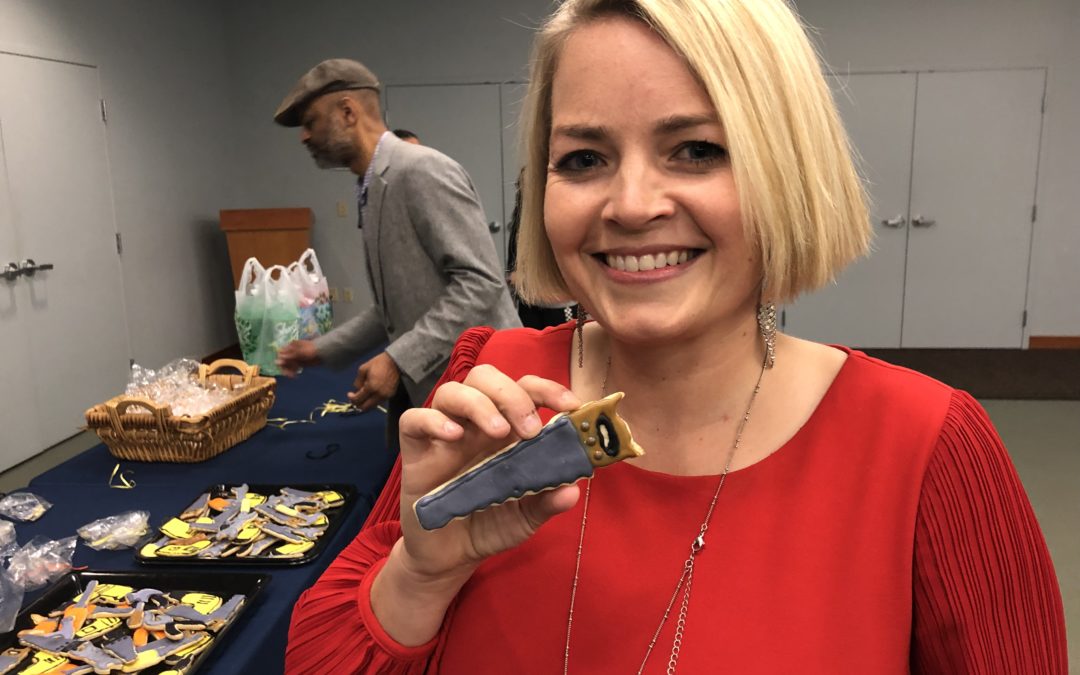Absolutely, this is a significant issue. When we discuss any minority community, we frequently encounter add-on programs. In the United States, the dominant culture is predominantly white, cisgender, and able-bodied. Consequently, policies and programs are typically developed by individuals who fit this description—mostly white, cisgender men who are able-bodied. They shape these initiatives based on their own lived experiences, which often do not include the perspectives of people with disabilities because they themselves are able-bodied.
When we consider the workplace, another facet comes into play. People with disabilities were not prominently integrated into the workforce until the early 1970s. While there were individuals with disabilities working before that, it was not the norm to see them in various roles. Many people with disabilities were institutionalized, and others were encouraged to stay at home and rely on government support. Consequently, we did not and still do not often see individuals with disabilities, especially those with visible disabilities, in the workplace.
So, why would we be inclined to create programs for something we are largely unaware of? This is a significant challenge. That’s why I’m creating these episodes—to raise awareness, particularly in the workplace, about disability. It should not be an afterthought, but unfortunately, it typically is because of the individuals who are shaping policies and programs.
Thank you!
